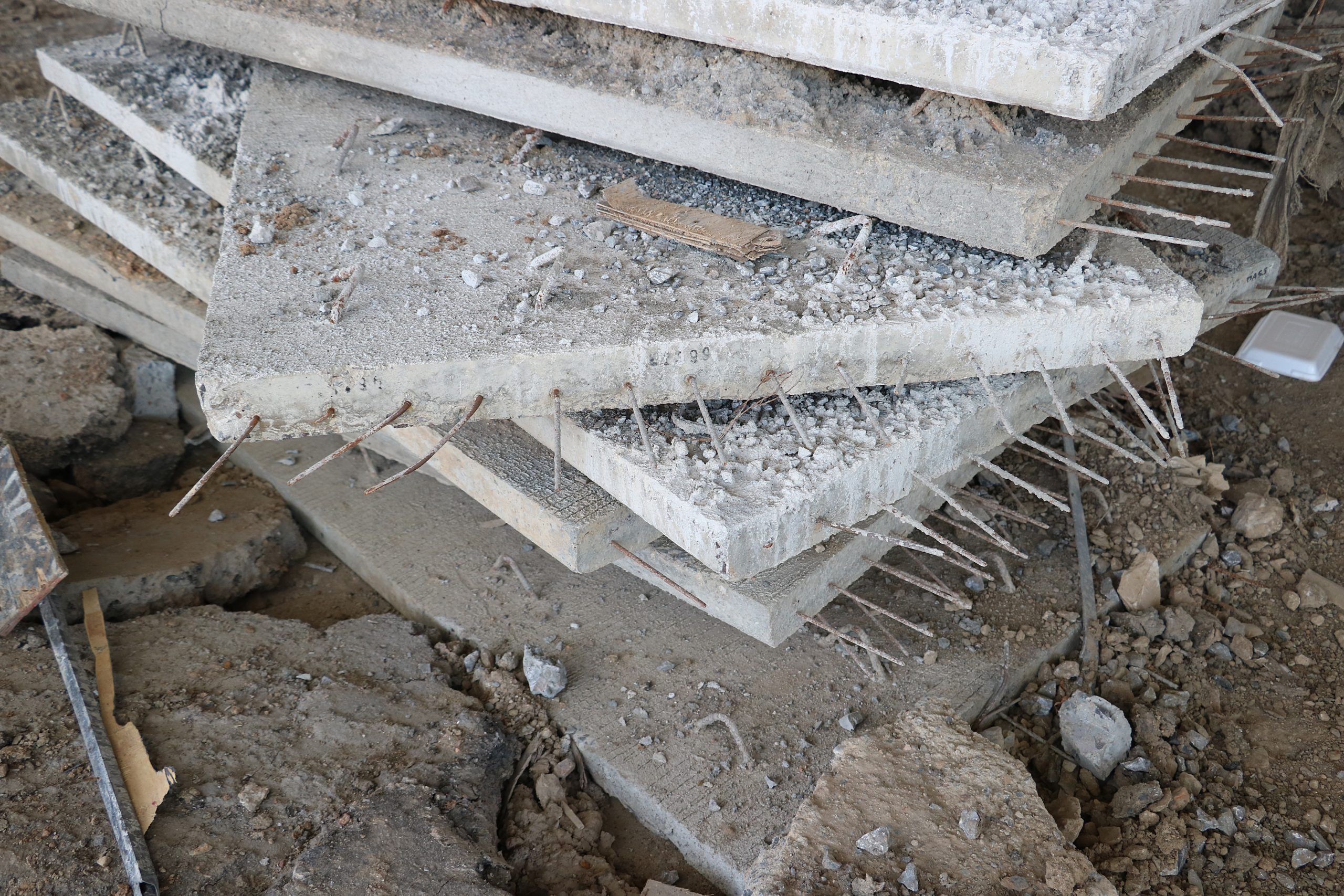
Plasterboard, also known as drywall or gypsum board, is a widely used building material in construction projects. However, its increasing cost has become a concern for many. In this blog post, we will delve into the reasons behind the soaring prices of plasterboard, exploring various factors that contribute to its expense. By understanding these factors, we can gain insights into the industry dynamics and make informed decisions.
- Raw Material Costs:
One of the primary reasons for the high price of plasterboard is the surge in raw material costs. Gypsum, the main component of plasterboard, has experienced price fluctuations due to supply and demand imbalances. Factors such as mining restrictions, transportation costs, and geopolitical tensions can impact the availability and cost of gypsum, directly affecting the final price of plasterboard. - Energy and Manufacturing Expenses:
The production process of plasterboard involves energy-intensive procedures, including mining, drying, grinding, and calcination of gypsum. Fluctuations in energy prices significantly impact the manufacturing costs. Additionally, advancements in technology and equipment used in the production process can also contribute to the overall expense of plasterboard. - Environmental Regulations:
In recent years, stricter environmental regulations have been imposed on the construction industry. Plasterboard manufacturers are required to comply with sustainability standards, which often involve additional costs for waste management, recycling, and reducing carbon emissions. These environmental considerations add to the overall expenses, ultimately affecting the price of plasterboard. - Market Demand and Supply:
The dynamics of supply and demand play a crucial role in determining the price of plasterboard. Rapid urbanization, population growth, and increased construction activities worldwide have led to a surge in demand for plasterboard. However, the supply chain may not always keep up with the rising demand, resulting in higher prices due to limited availability. - Transportation and Logistics:
The transportation and logistics involved in the distribution of plasterboard also contribute to its cost. Factors such as fuel prices, distance, and infrastructure development impact the transportation expenses. Additionally, the fragility of plasterboard requires careful handling and specialized packaging, further adding to the overall logistics costs.
Conclusion:
The increasing cost of plasterboard can be attributed to a combination of factors, including raw material costs, energy expenses, environmental regulations, market dynamics, and transportation logistics. Understanding these factors is crucial for industry professionals and consumers alike to make informed decisions and adapt to the changing market conditions. As the construction industry continues to evolve, it is essential to monitor these factors and explore innovative solutions to mitigate the rising costs of plasterboard.


